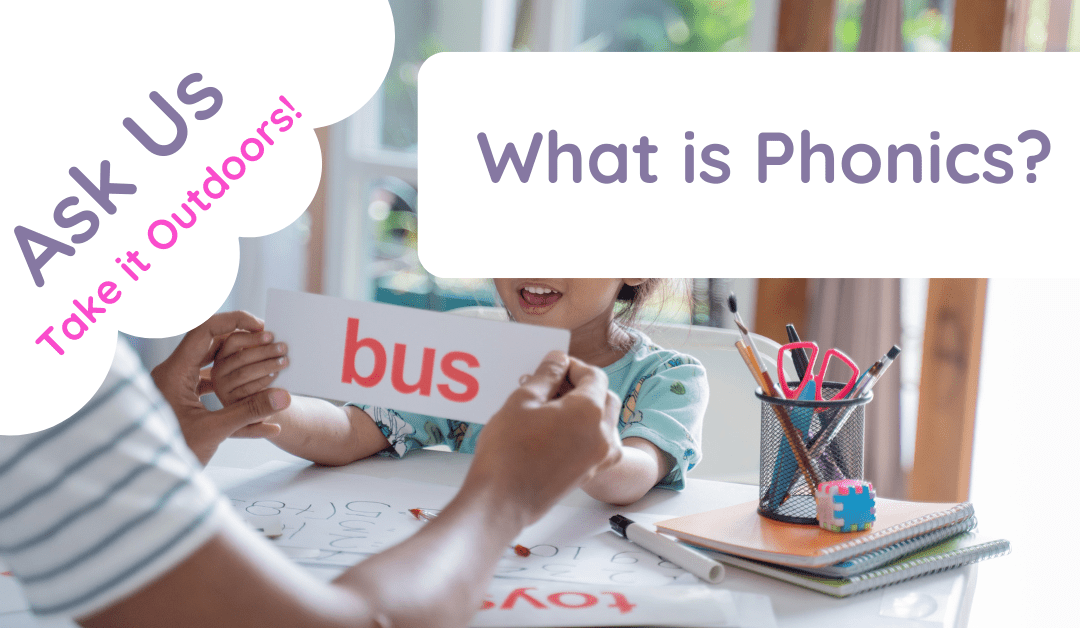What Is Phonics?
Phonics is a method of teaching reading and writing that focuses on the relationship between sounds and their corresponding letters or groups of letters. This systematic approach helps children decode words by recognising the sounds that letters make, enabling them to read and spell words more effectively. Understanding phonics is crucial for developing strong literacy skills in young learners. In this blog post, we will delve into what phonics is, its importance in early education, and various methods and activities used to teach phonics.
The Basics of Phonics
Phonics involves teaching children to connect sounds (phonemes) with letters (graphemes). By learning these sound-letter relationships, children can decode new words and improve their reading fluency.
Key Components of Phonics:
- Phonemic Awareness: The ability to hear, identify, and manipulate individual sounds in words.
- Grapheme-Phoneme Correspondence: Understanding that specific letters or combinations of letters represent certain sounds.
- Blending: Combining individual sounds to form words.
- Segmenting: Breaking down words into their individual sounds.
External Resource: Reading Rockets – What Is Phonics? Internal Resource: Muddy Puddle Teacher – Phonics Activities
The Importance of Phonics in Early Education
Phonics is fundamental in early education as it lays the groundwork for reading and writing. Here are some key benefits:
1. Improves Reading Skills
Phonics helps children understand the relationship between letters and sounds, enabling them to decode words and read with greater fluency.
External Resource: BBC Bitesize – The Importance of Phonics
2. Enhances Spelling
By learning the sounds that letters make, children can spell words more accurately. Phonics provides a clear understanding of how words are constructed.
External Resource: Scholastic – Phonics and Spelling
3. Builds Confidence
As children become more proficient in reading and spelling, their confidence grows. Phonics gives them the tools they need to tackle new words independently.
External Resource: Education Endowment Foundation – Phonics and Early Reading
4. Supports Lifelong Learning
Strong reading skills are essential for lifelong learning. Phonics equips children with the foundational skills needed for academic success and beyond.
External Resource: National Literacy Trust – Phonics and Reading
Methods of Teaching Phonics
There are various methods and approaches to teaching phonics. Here are some of the most common:
1. Synthetic Phonics
This method teaches children to convert letters into sounds and then blend the sounds to form words. It is systematic and involves explicit instruction.
External Resource: Oxford Owl – Synthetic Phonics
2. Analytic Phonics
Children learn to analyse common sounds in words they already know and then apply this knowledge to new words. This approach focuses on whole words rather than individual sounds.
External Resource: Phonics Play – Analytic Phonics
3. Embedded Phonics
Phonics instruction is integrated into reading and writing activities. Children learn phonics in context, through stories and writing exercises.
External Resource: Reading Rockets – Embedded Phonics
Practical Phonics Activities
Engaging children in fun and interactive phonics activities can enhance their learning experience. Here are some effective phonics activities:
1. Phonics Games
Games like phonics bingo, matching games, and interactive online games make learning phonics enjoyable and reinforce sound-letter relationships.
External Resource: Topmarks – Phonics Games
2. Phonics Songs and Rhymes
Songs and rhymes that highlight phonetic sounds can help children remember letter-sound correspondences and improve their phonemic awareness.
External Resource: Songs for Teaching – Phonics Songs
3. Letter-Sound Sorting
Children sort objects or pictures based on their beginning, middle, or ending sounds. This activity helps them connect sounds to letters.
External Resource: Phonics Sorts
4. Phonics Story Time
Reading stories that emphasize specific sounds or patterns allows children to see phonics in action and apply their knowledge to real reading situations.
External Resource: Phonics Storybooks
Implementing Phonics in the Classroom
1. Daily Practice
Incorporate phonics practice into daily routines. Short, regular sessions are more effective than longer, less frequent ones.
External Resource: Phonics Practice Routines
2. Multi-Sensory Learning
Engage multiple senses by using tactile activities (like writing letters in sand), auditory activities (like listening to sounds), and visual activities (like reading words).
External Resource: Multisensory Phonics Activities
3. Parental Involvement
Encourage parents to support phonics learning at home. Provide them with resources and activities they can do with their children.
External Resource: Parent Guide to Phonics
Recommended Resources from Muddy Puddle Teacher
Muddy Puddle Teacher offers a variety of resources to support phonics education:
- Phonics Activities
- Outdoor Learning Guides
- Health Benefits of Outdoor Learning
- Storytelling Techniques
- Interactive Phonics Games
Conclusion
Phonics is a vital component of early literacy education, providing children with the skills they need to read and write effectively. By understanding the basics of phonics, its importance, and the various methods and activities used to teach it, educators can create a robust foundation for children’s literacy development. Incorporating engaging and interactive phonics activities, both in the classroom and at home, can make learning to read an enjoyable and successful experience for young learners.


